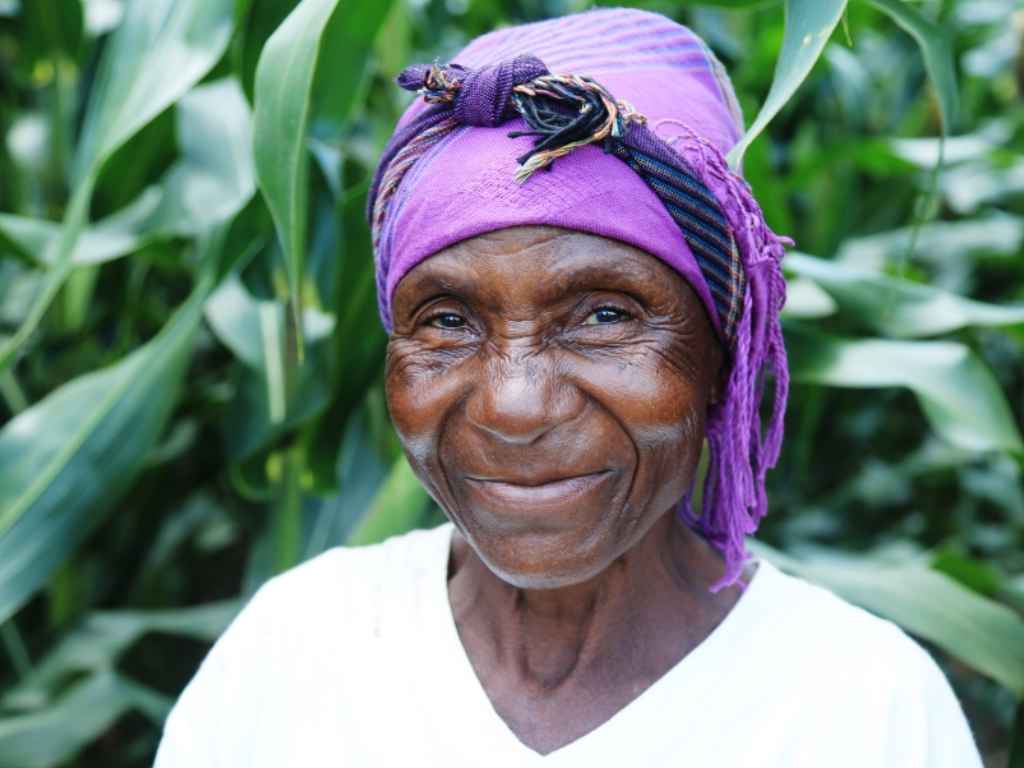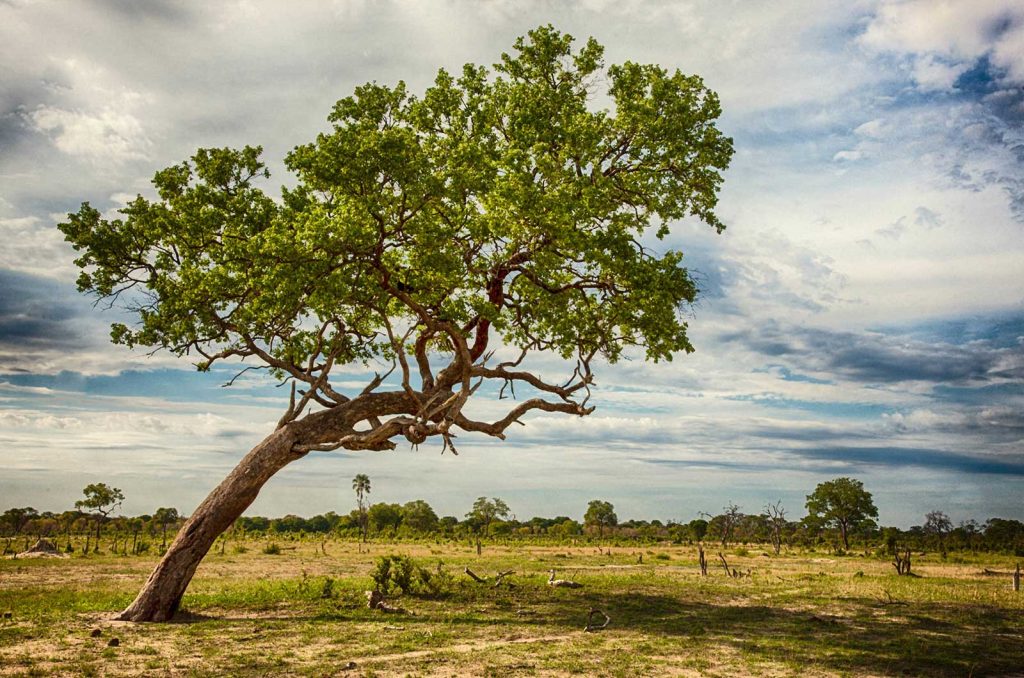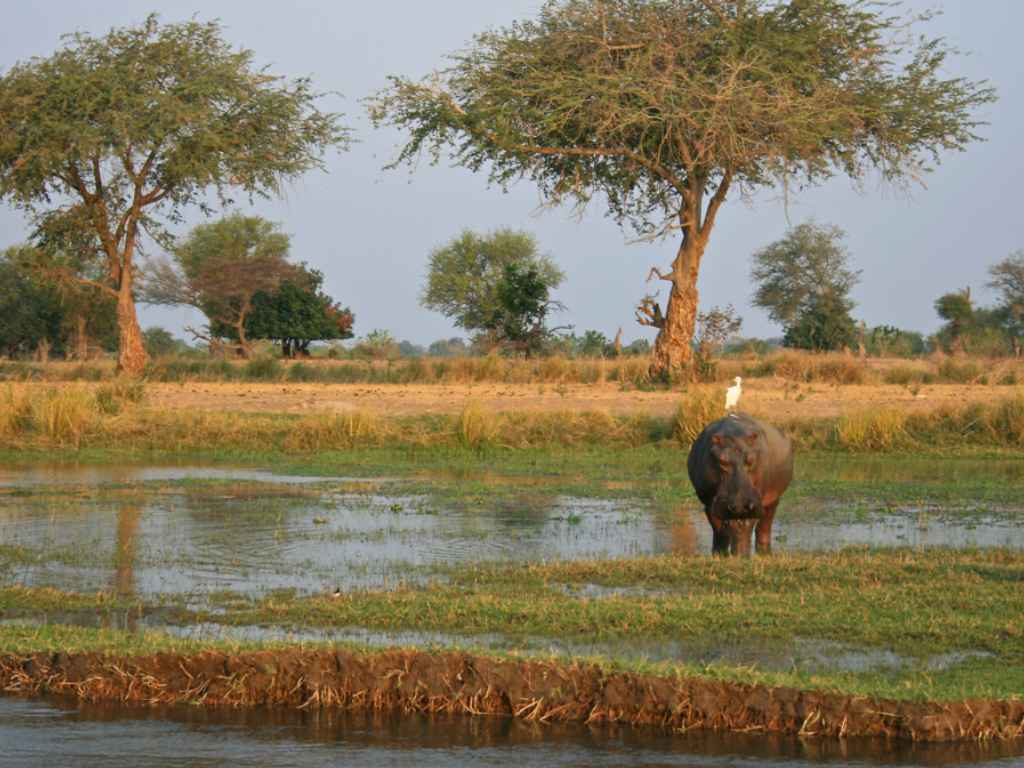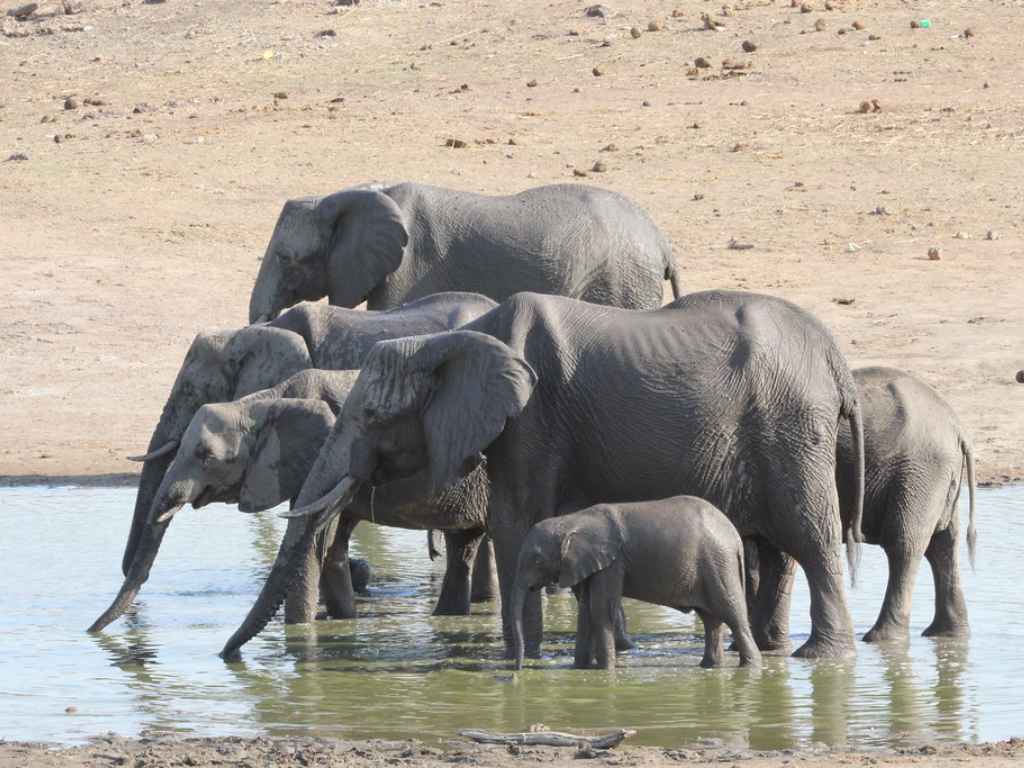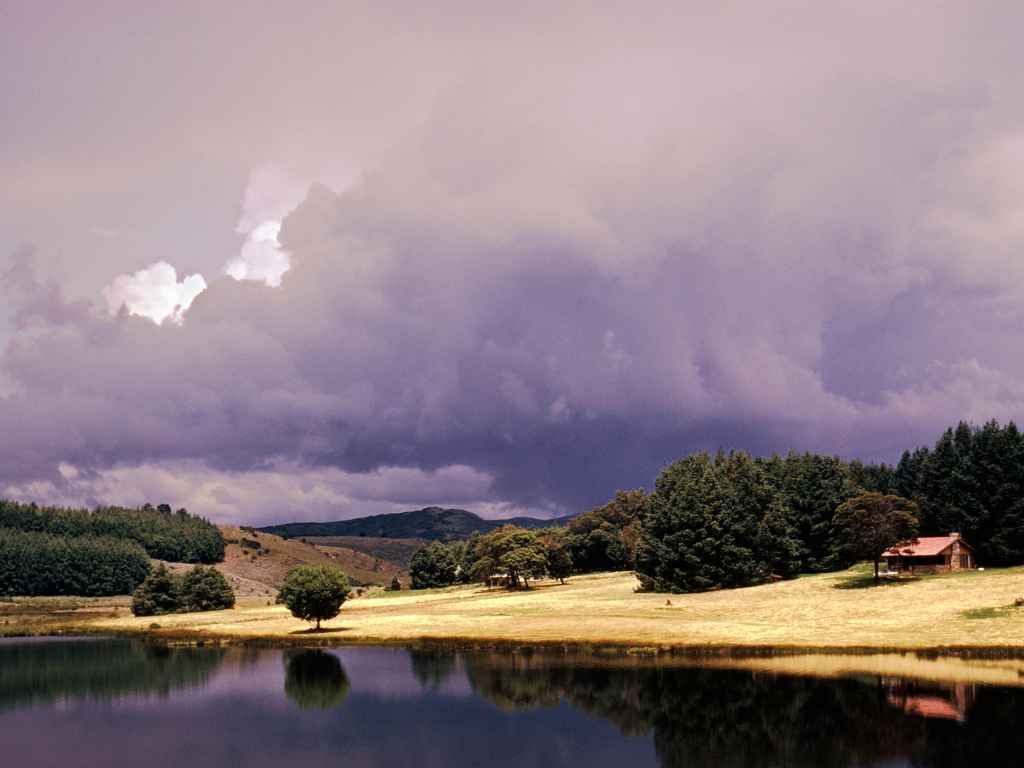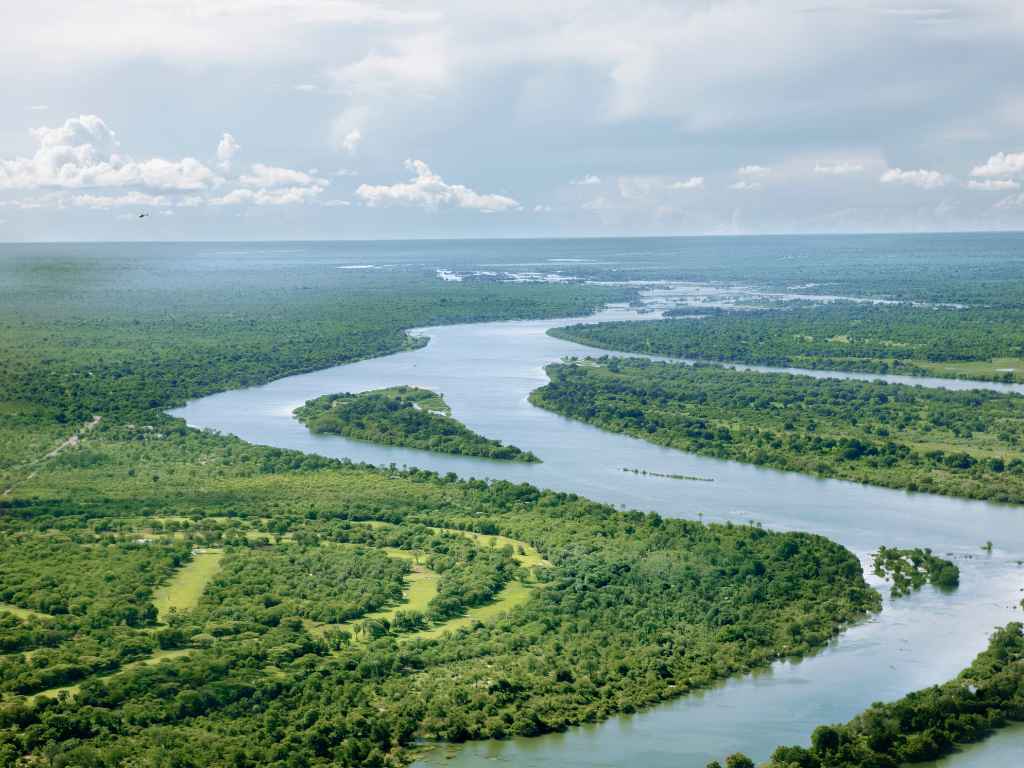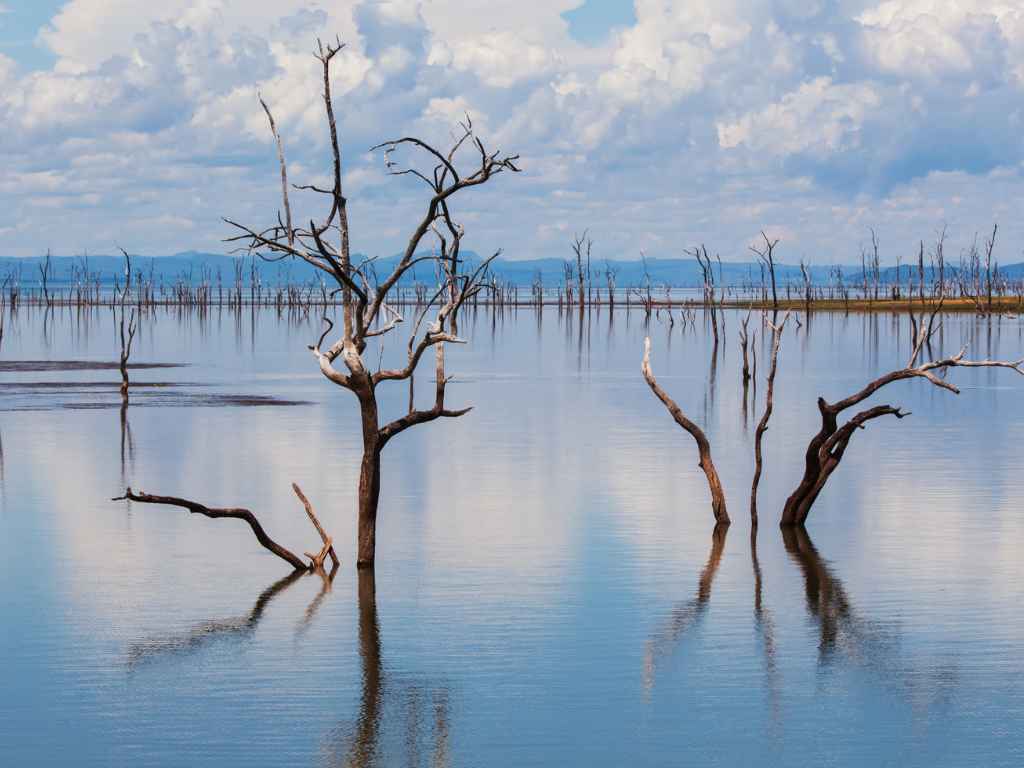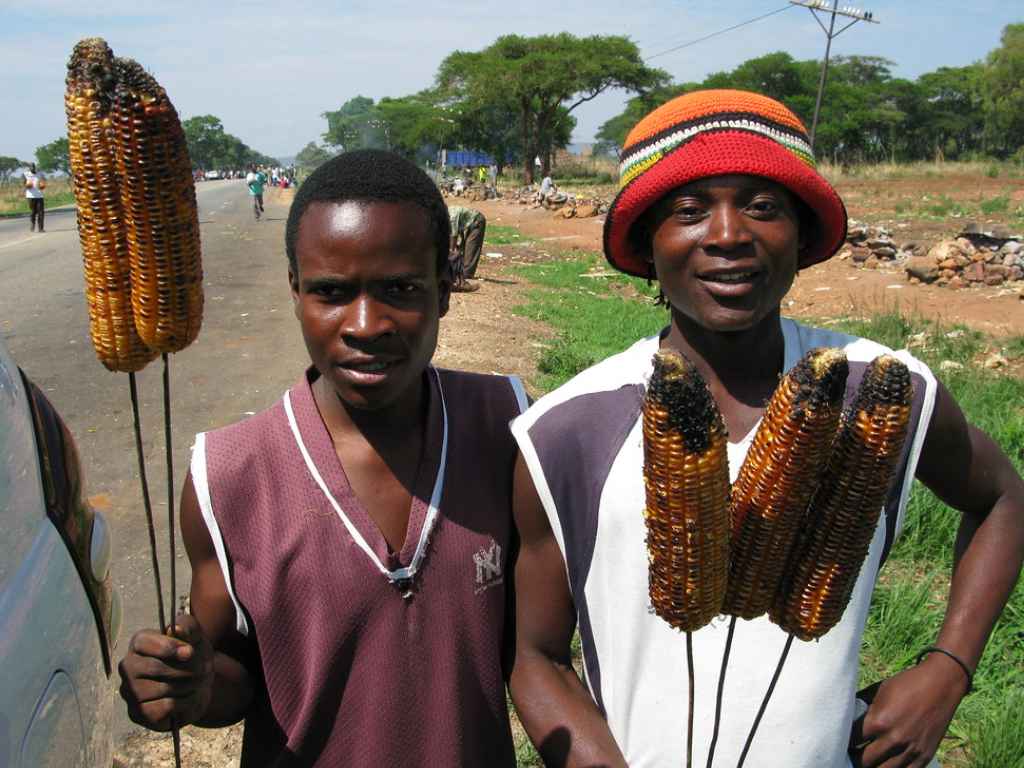Let us take you on a journey to a place where history, culture, and nature intertwine seamlessly – Matabeleland. It’s a region in Zimbabwe that’s steeped in rich history and adorned with stunning landscapes.
In this post, we’ll explore Matabeleland’s unique heritage, its dynamic present, and what the future might hold for this fascinating region. So, buckle up and prepare for an enlightening journey into the heart of southern Africa. Let’s dive right into the vibrant tapestry that is Matabeleland.
Introduction
Continuing our journey, the next direction leads us to Matabeleland. A land infused with a vibrant tapestry of history and culture, nestled in the heart of Zimbabwe. Let’s dive into an exploration that traverses through the vast landscapes and intriguing heritage.
Overview of Matabeleland
Matabeleland, a name resonating deeply with histories of Southern Africa, anchors itself in Zimbabwe. Named after its inhabitants, the Matabele (Ndebele) people, it embodies a tapestry intricately woven with tales of tribal conflicts, colonial encounters, and cultural richness. Matabeleland, wrapping itself around the lives of its people, stands as monuments to human resilience and persistence, echoing the spirits of its brave warriors and wise rulers.
Location and Geography
Matabeleland is geographically partitioned into three provinces within Zimbabwe: Matabeleland North, Matabeleland South, and the city of Bulawayo. Encapsulated by Hwange National Park in the east, Zimbabwe-Botswana border in the west and south, and Victoria Falls as its northern capstone – the regions offer a distinctive blend of flora and fauna. The terrain, largely semi-arid, gives way to lush greenery around the Zambezi River. Indeed, Matabeleland’s geography, like its history, provides a rich and varied landscape.
Natural Wonders and Landscapes
Below, I’ve detailed some of the most important nature-oriented sights in Matabeleland, capturing the breathtaking beauty of this geologically rich region.
The Matobo Hills
A UNESCO World Heritage Site, the Matobo Hills present an extraordinary landscape featuring a dense assortment of unique geological structures.
Granite Kopjes and Rock Formations
Notably, the hills house an abundance of granite kopjes, a geological formation resulting from millions of years of weathering, providing a testament to nature’s phenomenal craftsmanship. Next, visitors may encounter spectacular rock formations, impressive for both sheer size and irregular alignment.
Balancing Rocks and Rock Art
Of particular interest are the balancing rocks, nature’s precarious balancing act, standing as if defying laws of physics. Moreover, the hills are inlaid with ancient rock art. Studies suggest over 3,000 sites host this window to the past, shared by ancestral San Bushmen, their stories symbolized in cryptic pigments upon cave walls.
Hwange National Park
As the largest natural reserve in Zimbabwe, the Hwange National Park spans approximately 14,650 km². This expanse is populated with diverse landscapes, hosting a variety of unique biomes and rich biodiversity.
Savanna Woodlands and Grasslands
In the park, tourists experience the magnificent sweep of savanna woodlands layered with broad-leafed trees and grasslands, a tapestry woven by nature itself over countless centuries. Aside from its aesthetic value, the savanna serves as home to abundant animal life that contributes to the park’s incredible biodiversity.
Wildlife and Birdlife
The park is a specially protected area for its rich wildlife, being a sanctuary for over 100 mammal species and nearly 400 types of birds. Animal enthusiasts find delight in the park’s fauna, from lions to hyenas, to zebras and, notably, one of the world’s largest elephant populations.
Other Natural Features
Matabeleland is not restricted to the aforementioned wonders. It also cherishes other remarkable landscapes.
Deka River and Gorges
The Deka River, a Zambezi tributary, has carved spellbinding gorges through time. These gorges, like grand amphitheaters, feature striking cliffs that captivate adventure seekers and tranquil onlookers alike.
Sandstone Ridges
Finally, there are distinctive sandstone ridges that outline the region’s topography. These formations imbued with subtle hues of red and yellow, fluently talk about the area’s past and present environmental conditions, reflecting a million years of geological transformation.
Cultural and Historical Significance
Matabeleland’s cultural richness and historical relevancy remain unparalleled, tracing back to its indigenous Ndebele people.
Ndebele Culture and Heritage
An intrinsic feature of Matabeleland, the Ndebele culture, mirrors the customs, beliefs, and traditions of the indigenous Ndebele people. A visit to Matabeleland offers a deeper insight into this captivating culture.
Traditional Villages and Homesteads
Prominent examples of Ndebele culture are the Traditional Villages and Homesteads. Stark in their simplicity yet rich in cultural norms, these historical households emit a sense of tranquility. Amakhosi Cultural Centre, AmaNdebele King’s Homestead, and authentic rural villages serve as living testimonies of traditional Ndebele lifestyle.
Crafts and Artwork
Completing the Ndebele cultural landscape are the Crafts and Artwork. Well-known for their geometric patterns, Ndebele beadwork and murals reflect a vibrant array of colors and symbols, conveying a compelling narrative of their heritage.
Historical Sites and Monuments
Fractals of history dot Matabeleland, standing as potent reminders of the region’s rich past. Chestful of historical treasures, Matabeleland profiles itself as a must-visit for history buffs.
Khami Ruins
An echelon of Matabeleland history is embodied in the Khami Ruins. Declared as a UNESCO World Heritage Site in 1986, these ruins incarnate the capital of the Kingdom of Butua of the Torwa dynasty. They recount a saga of civilizational brilliance, marbleized with a complex of granite platforms and terraces.
Rhodes’ Grave and Historical Relics
Among other significant historical sites is Rhodes’ Grave and Historical Relics at Matobo Hills. This site houses the grave of British imperialist Cecil Rhodes, adding layers to Matabeleland’s convoluted colonial history. His paymaster’s hut and personal possessions also provide a peek into the colonial era.
Outdoor Adventures and Activities
Building on the richness of Matabeleland, adventure waits at every turn. Visitors can immerse themselves in outdoor experiences that far surpass the norm.
Safari Experiences
Safaris in Matabeleland offer intimate encounters with Africa’s mighty wildlife. Whether it’s game drives or walking safaris, each offers a unique perspective of the area’s natural diversity.
Game Drives and Walking Safaris
Game drives provide opportunities for observing wildlife up close. Driving across the terrain, spotting lions, elephants, and zebras in their natural habitats, can be exhilarating experiences. Notably, walking safaris offer a different thrill. On foot, with senses on high alert, I’ve found every rustle or bird call can lead to a revealing wildlife encounter.
Birding and Wildlife Photography
For the bird enthusiasts, Matabeleland is a birding paradise, teeming with various species including the African Fish-Eagle and the Lilac-breasted Roller. Capturing these magnificent creatures through a lens becomes a passion for many visitors. Wildlife photography, therefore, isn’t just a pastime, it’s an art, practiced by both amateurs and pros alike.
Hiking and Rock Climbing
Matabeleland’s diverse topography begs for exploration via hiking and rock climbing. Hiking routes wind through the stunning landscapes of Matobo Hills, providing breath-taking views. For those with a taste for heights, rock climbing in this region is thrilling, with cliff faces that challenge even seasoned climbers.
Cultural Tours and Interactions
Matabeleland’s culture transcends the mere viewing of its artifacts. By actively participating in cultural tours, visitors can immerse themselves in the region’s rich history and vibrant present. Interactions with the local Ndebele people provide insights into a way of life distinct yet universally human.
Adventure Activities
For the adrenaline junkies among us, Matabeleland offers high-octane thrill rides. Picture swinging across a gorge in Hwange National Park. It’s an adrenaline-pumping experience that fills one with a sense of wild abandon and a profound appreciation for nature’s raw beauty.
Accommodation Options
After delving into the natural, cultural, and historical significance of Matabeleland, let’s traverse through its diverse accommodation options. Whether it’s the coziness of a boutique hotel or the adventuresome spirit of a camp, Matabeleland caters to varied travel preferences.
Lodges and Camps
Matabeleland, known for its undisturbed wildlife and natural serenity, becomes personified in its lodges and camps.
Within National Parks and Reserves
The region’s national parks and reserves offer lodging options. Here, Matobo Hills Lodge, located within Matobo National Park, facilitates visitor-friendly accommodation, its rustic charm enhancing guests’ wildlife experience. But do remember, high-season bookings require some advance planning.
Private Concessions
Private concessions tackle the region’s accommodation insecurities by providing myriad options, characterized by privacy and intimacy with nature. One instance, Camp Amalinda, tucked away in the Matobo Hills, brings guests closer to Matabeleland’s natural world.
Boutique Hotels and Guesthouses
Boutique hotels and guesthouses blessed with modern amenities represent another facet of Matabeleland’s accommodation scenario. These spaces prioritize comfort while maintaining a touch of local culture. Take, for instance, Nesbitt Castle Hotel, a renovated traditional castle in Bulawayo that gives a modern twist to the Ndebele culture.
Self-Catering and Camping
Avid campers or independent travelers, fear not, Matabeleland doesn’t disappoint. Multiple self-catering and camping options are at disposal. Main Camp, in the Hwange National Park, offer such facilities. Along with sites for camping, self-catering lodges are also available, granting guests the flexibility of preparing their meals if desired.
Nearby Towns and Facilities
For those who’d prefer the familiarity of urban facilities, nearby towns such as Bulawayo offer a range of standardized accommodations. Holiday Inn, for example, presents all the international standard hotel services. Additionally, local facilities like shopping centers, restaurants, and historical sites, add to their attractiveness.
In essence, Matabeleland caters to a host of lodging preferences. Nonetheless, it always preserves its connection to nature and cultural heritage, making every choice a memorable experience.
Getting to Matabeleland
Equipped with the knowledge of the diverse accommodation options in Matabeleland, the focus shifts towards ensuring a seamless journey to the region. Whether opting for air or road travel, one thing’s for sure: the journey to Matabeleland is part of the adventure.
By Air
In terms of air travel, Joshua Mqabuko Nkomo International Airport in Bulawayo services flights from multiple airlines. These flights connect Matabeleland to other domestic cities, and even international destinations, thus simplifying your journey.
By Road
For those preferring a scenic drive, road travel offers numerous breathtaking views. Choose between a self-drive route or shuttle services.
Self-Drive Routes
To enjoy the journey at your own pace, self-drive routes offer the freedom and flexibility you’re after. The A5 highway connects Bulawayo to Harare. While the A6 runs south to north, letting you explore a slice of South Africa before continuing on to Bulawayo. Teeming with diverse landscapes and wildlife, it’s a road trip lover’s delight.
Shuttle Services
Shuttle services provide another option for those less inclined towards self-driving. Numerous operators run shuttle services from Bulawayo, offering an easy and efficient way to reach Matabeleland. Simply sit back and let them do the driving.
Tour Packages
Lastly, for a stress-free experience, consider tour packages. Many travel companies offer comprehensive packages that include both travel and accommodation options. These packages often involve guided tours of the area, taking the guesswork out of your itinerary planning.
Best Times to Visit
Seasonal Variations
In Matabeleland, there are stark contrasts between different seasons. Understanding these seasonal variations gives insights into the best times for a visit.
Dry Season
The dry season of Matabeleland spans from April through October. Skies at this time typically stay clear, and temperatures average between 15 and 30 degrees Celsius. Safari ventures acquire an increased chance of spotting wildlife around watering holes, making the dry season exceptionally great for wildlife enthusiasts.
Wet Season
Matabeleland’s wet season runs from November to March. Showers, often short and localized, typically take place in the evenings, leaving most of each day open for exploration. Despite the rain, the temperature stays comfortable between 20 and 35 degrees Celsius. The wet season showcases a vibrant side of Matabeleland, with blooming flora and influx of migratory birds.
Wildlife Viewing Opportunities
For wildlife lovers, dry months between June and October boast the best wildlife viewing opportunities. During this period, animals frequently gather around water sources, easing their spotting. Of course, encountering these incredible creatures is possible throughout the year, thanks to Matabeleland’s diverse habitats and abundant fauna.
Special Events and Festivals
Matabeleland’s cultural calendar is bustling with numerous events and festivals. The Intwasa Arts Festival in September transitions the streets of Bulawayo into a riot of color and music. The Zimbabwe International Trade Fair in April presents commercial opportunities in a celebratory backdrop. Remember, these events attract crowds, so book travel arrangements well in advance.
Practical Information
This part of the blog dives into the essential practicalities associated with a visit to Matabeleland. Avoid overlooking any tiny detail that could hinder your incredible journey. Let’s delve into specifics concerning entry fees, safety measures, packing essentials, and necessary health precautions.
Entry Fees and Permits
Even though various locations in Matabeleland may have different entry fees, most of them reach around $30 for international visitors. For instance, Hwange National Park, the largest in Zimbabwe, usually charges this amount. Also, anticipate paying $15 for vehicle entry. When visiting protected areas in Matabeleland, don’t forget the designated permits, obtainable usually at entrance gates.
Safety and Security
Matabeleland, by and large, considers the safety of its visitors a top priority. However, it’s good to follow some common sense measures. Always track belongings in populated areas, and stay within designated tourist zones. Hiring a guide for outdoor activities can lessen chances of encounters with potentially dangerous wildlife. Visitors often opt for tour operators, readily available across Matabeleland, for a trouble-free experience.
Packing and Gear
Packing for a trip to Matabeleland largely depends on the season. During the dry season, lightweight clothing suffices, whereas waterproof gear proves indispensable for the wet months. Always remember a good-quality pair of hiking boots, ample sun protection, and a sturdy hat, regardless of the season. A good pair of binoculars enhances those unforgettable wildlife watching moments.
Health and Vaccinations
Before embarking on a trip to Matabeleland, an appointment with a travel medicine specialist makes sense. Malaria is a potential risk in Zimbabwe, therefore appropriate prophylaxis can be recommended by a healthcare provider. Essential vaccinations include hepatitis A, typhoid, and routine immunizations like measles, mumps, and rubella (MMR). Also, ensure your tetanus shot is up-to-date, especially if planning any adventurous outdoor activities.
Food and Drink Scene
Matabeleland offers a unique blend of flavors and culinary traditions, making it a paradise for foodies looking to broaden their taste horizons. From traditional Ndebele cuisine, bustling local markets, well-reputed restaurants and cafes, to local breweries, Matabeleland has it all.
Traditional Ndebele Cuisine
The Ndebele people, native to Matabeleland, boast a rich culinary tradition that’s deeply interwoven with their culture. Staple foods include sadza, a cornmeal porridge, typically served with relishes like meat, beans, or leafy greens. There’s also ingwebu, a fermented sorghum beer often served at social gatherings. The preservation of these traditional recipes remains a testament to the people’s resilience and pride in their heritage.
Local Markets and Cuisine Tours
An exploration into Matabeleland’s food scene would be incomplete without a visit to the bustling local markets. Bulawayo’s Vegetable Market, famous for its abundance of fresh produce, offers an authentic glimpse into the life of the locals. Additionally, cuisine tours prove to be an immersive experience. They provide deeper insight into the country’s food culture, teaching participants about regional ingredients, their uses, and traditional meal preparation methods.
Restaurants and Cafés
Matabeleland houses a variety of eateries that cater to all taste buds. Restaurants such as Hillside Dams Conservancy and Shangri-La boast comprehensive menus with multiple international and local options. Cafés like Ascot Coffee Shop and Ntombi’s Cafe exude a distinctive charm, offering a variety of beverages alongside mouthwatering pastries and snacks.
Breweries and Local Drinks
Breweries in Matabeleland offer an exciting peek into the local beverage scene. Ingwebu Breweries, a renowned player in the market, produces traditional sorghum beer from locally sourced ingredients. Other local drinks worth trying include mazoe, a concentrated fruit juice, and tangawizi, a spicy ginger-infused drink. Visitors are encouraged to immerse themselves in the lively, sensory experience that Matabeleland’s drink scene provides.
Beyond Matabeleland
Venturing outside the culinary delights and distinctive beverages of Matabeleland, I find an array of vibrant cities, natural reserves, and thrilling activities nearby. Immerse in these experiences to gain an even more in-depth understanding of the richness Zimbabwe showcases.
Nearby Cities (e.g., Bulawayo)
Just a hop away from Matabeleland, one discovers Bulawayo, Zimbabwe’s second-largest city. In Bulawayo, gaping at colonial-era architecture becomes inevitable, and wandering around the Natural History Museum of Zimbabwe entraps one in a journey through time. Bulawayo also presents itself as a hub of artistic creativity, with the National Art Gallery serving as a pillar for indigenous visual art — showcasing pieces that reflect the cultural depth and societal perspectives of Zimbabwean artists.
Other National Parks and Reserves
Searching for wild escapades beyond Matabeleland, one can explore Hwange National Park — Zimbabwe’s largest park boasting over 100 species of mammals and nearly 400 bird species. Photographers can catch the beauty of the ‘Big Five’ — lion, leopard, rhino, elephant, and buffalo.
Matopos National Park offers another oasis worth visiting. Its mystical landscape houses rock art that illustrates the age-old history of humanity alongside a variety of wildlife, including rhinos and leopards, against the backdrop of granite outcrops and balancing boulders.
Adventure Activities
For those seeking adrenaline-fueled experiences, Victoria Falls — a UNESCO World Heritage Site — provides numerous thrilling offerings. Bungee jumping off the Victoria Falls Bridge, white-water rafting down the Zambezi River, or canopy tours amidst the lush rainforest add excitement and breathtaking sights to an unforgettable Zimbabwean adventure.
Each visit to these destinations will supplement any Matabeleland journey, presenting a well-rounded picture of the vibrant diversity in landscapes, culture, and experiences that Zimbabwe has to offer.
Tips and Recommendations
For a journey around Zimbabwe’s less-visited Matabeleland province, these local insights and suggestions can significantly enhance your experience. Let’s provide you with some practical tips to help you get the most out of your trip.
Photography Tips
Capturing impressions of Matabeleland’s unique landscapes, vibrant markets, and wildlife offers an engaging experience. Here, the golden hour—around sunrise and sunset—delivers the best natural light for shooting. Include a dash of choice elements, such as a herd of elephants at Hwange National Park or the majestic panoramas of Victoria Falls, for impactful shots. Even the colonial architecture in Bulawayo’s city center can provide some great subjects. Use a long lens if you’re photographing wildlife, these animals often maintain a generous distance and a telephoto lens can bring you closer, image-wise.
Recommended Guides and Operators
Planning a visit to Matabeleland and its surrounding attractions, it helps to book tours with reputable guides and operators. For example, operators offering guided tours to Victoria Falls can provide an exhilarating rafting or bungee jumping experience. On the other hand, those specializing in game drives in Hwange National Park can enhance your wildlife spotting journey. Additionally, guides educating visitors on Bulawayo’s colonial history and art scene can enrich your urban exploration. Always remember to check reviews and references before booking.
Souvenirs and Local Crafts
In Matabeleland, several bustling markets sell indigenous souvenirs and local crafts. Not to be missed are traditional Ndebele artworks, intricately woven baskets, vibrant textiles, and handmade jewellery. Bulawayo’s handicraft markets are an excellent place to hunt down these treasures. Buying souvenirs similarly supports local artists and communities, thereby contributing to the province’s economic growth.
Additional Resources
The most reliable resources for Matabeleland’s travel information are Zimbabwe’s official tourism website and local travel blogs specializing in Zimbabwe. These sources provide real-time updates on weather conditions, travel advisories, and local events. Leveraging these resources will assist you during your travels and ensure a smooth, enjoyable journey around the Matabeleland province and beyond.
Conclusion and Final Thoughts
So, there you have it. Matabeleland isn’t just a spot on a map; it’s a vibrant region teeming with cultural richness, breathtaking landscapes, and thrilling adventures. From the mouthwatering Ndebele cuisine to the bustling markets and the awe-inspiring Victoria Falls, it’s a destination that’s sure to leave an indelible mark on your heart. The tips I’ve shared on capturing the perfect shot, choosing the right tour guides, and finding the best souvenirs will hopefully make your trip even more rewarding. Remember, the key to a memorable journey lies not just in seeing new places but also in immersing yourself in their culture and way of life. So, don’t just visit Matabeleland – experience it.
I’m the guy creating the content here at VisitZimbabwe.com. I’m an avid traveller and have been a digital designer and content creator for more than 30 years. In that time I’ve been responsible for dozens of online businesses spanning many industries including travel and tourism. I still have a passion for designing great web experiences. You can contact me via my personal site at https://ma.rcus.co.uk/
